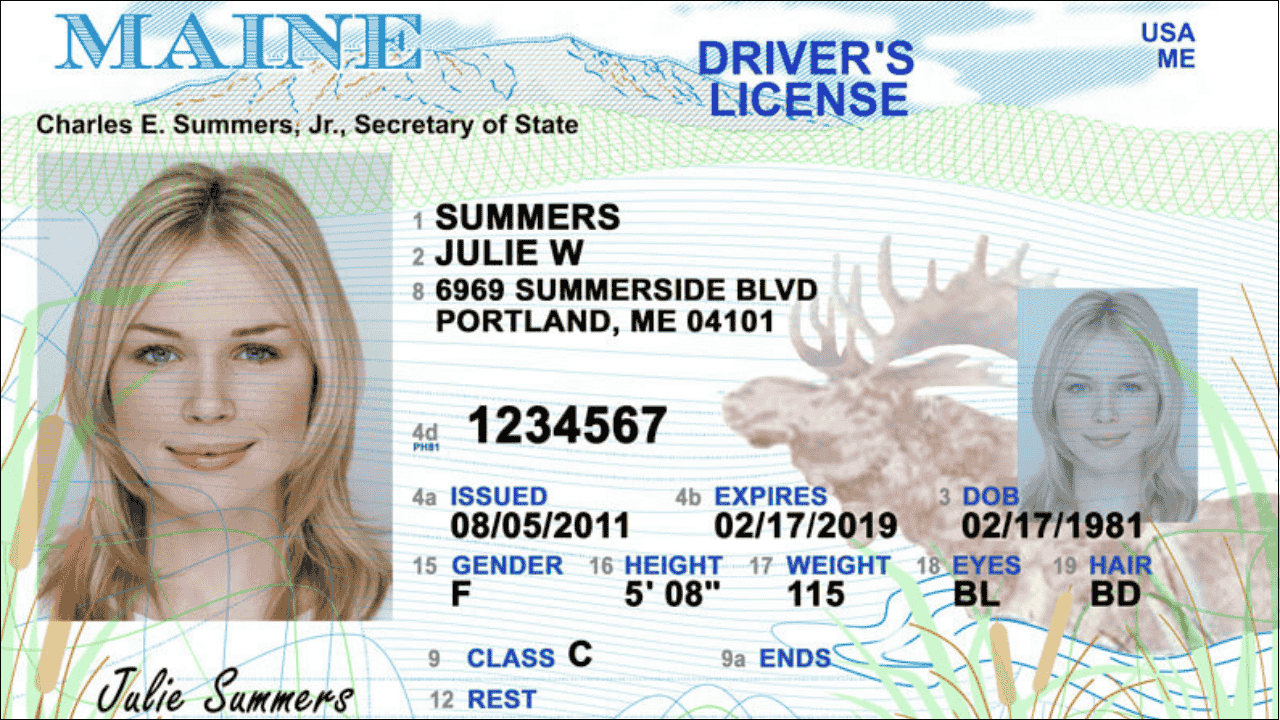
New Americans face many challenges when starting a new life in the United States. One of the biggest needs is finding a job that matches their skills and helps them support their families. Workforce development and job training programs are important tools that give New Americans the training, confidence, and resources needed to enter the U.S. job market. These programs focus on building skills, improving language abilities, offering career guidance, and connecting immigrants to job opportunities. Well-designed training programs not only help individuals but also strengthen communities and the economy.
Table of Contents
Main Goals of Workforce Programs
Workforce development programs are created with specific goals to help New Americans grow in their careers:
- Skill building in areas such as technology, healthcare, and construction
- Language training to improve communication at work
- Understanding of U.S. work culture and job expectations
- Job placement services to connect people with employers
- Career advancement support for long-term success
Types of Training Programs for New Americans
Job training programs are designed to meet different needs based on experience, education level, and career goals.
Table: Types of Training Programs
| Program Type | Details |
|---|---|
| Basic Job Readiness | Teaches resume writing, interview skills, and workplace behavior |
| Language Training | Focuses on English for the workplace and industry-specific vocabulary |
| Vocational Training | Provides technical skills in trades like plumbing, welding, and electrical |
| Healthcare Training | Offers courses in nursing assistance, caregiving, and medical terminology |
| Technology Training | Covers basic computer use, coding, or data entry skills |
| Entrepreneurship | Guides immigrants in starting small businesses and managing finances |
Important Features of These Programs
Workforce programs include many elements that help New Americans succeed:
- Bilingual instructors who explain content clearly
- Flexible schedules for working parents or part-time workers
- Internships and apprenticeships that give real-world experience
- Mentorship opportunities with successful immigrants
- Cultural awareness workshops to reduce workplace misunderstandings
- Legal help for understanding work permits and employment rights
Organizations Supporting Workforce Development
Many organizations and agencies work together to offer free or low-cost programs for immigrants.
Table: Key Support Organizations
| Organization | Services Offered |
|---|---|
| Upwardly Global | Helps skilled immigrants return to their careers |
| Refugee Resettlement Agencies | Offer job placement, training, and cultural orientation |
| Local Workforce Boards | Provide access to state-sponsored job centers |
| Community Colleges | Deliver low-cost certification programs |
| Catholic Charities | Offer classes in English, workplace readiness, and job counseling |
| Welcoming America | Supports local communities in creating immigrant-friendly programs |
Popular Sectors for New Americans
Many job training programs focus on industries that are open to hiring newcomers.
Bullet Points: Common Industries for Immigrant Job Seekers
- Healthcare – Home health aides, nursing assistants, and medical support staff
- Construction – Carpenters, electricians, and equipment operators
- Hospitality – Hotel staff, housekeeping, and food service workers
- Manufacturing – Assembly line workers and machine operators
- Transportation – Truck drivers, delivery personnel, and warehouse staff
- Childcare and Elder Care – Personal care aides and preschool assistants
Barriers Faced by New Americans in Employment
New Americans often face challenges in the job market, which job training programs try to overcome.
- Language barriers that limit communication and understanding
- Lack of U.S. work experience even if they had careers in their home countries
- Unrecognized foreign credentials that reduce job opportunities
- Limited access to transportation to job training sites or interviews
- Fear of discrimination in hiring and workplaces
- Confusion about legal status and work eligibility
Strategies That Make Programs Successful
Successful programs focus on both practical skills and emotional support:
- Customized training for different education levels
- Employer partnerships to create job pipelines
- One-on-one coaching for personal career planning
- Job fairs and networking events with local businesses
- Family support services such as childcare and transportation vouchers
- Follow-up support after job placement to help with retention
Benefits to the Community and Economy
Helping immigrants succeed at work benefits everyone:
- Employers gain reliable and skilled workers
- Communities become more inclusive and diverse
- Local economies grow through higher employment and spending
- Immigrants contribute taxes and reduce dependence on public aid
- Schools and youth benefit when parents are financially stable
Case Study: Success Story of a New American
Maria, a nurse from Colombia, moved to the U.S. but could not practice because her license was not accepted. A local community college helped her with:
- Language courses in medical English
- Training to become a Certified Nursing Assistant (CNA)
- Internship in a hospital
- Guidance on the RN re-licensing process
Today, Maria works at a senior care center and is studying to become a registered nurse in the U.S.
Role of Government in Program Funding
Federal and state governments play an important role in making these programs possible:
- Workforce Innovation and Opportunity Act (WIOA) funds many job training programs
- Grants and subsidies help non-profits deliver services to immigrants
- Policy support ensures fair access for people of all backgrounds
- Job centers provide walk-in support and training details for local immigrants
Ways to Improve Workforce Development
To serve New Americans better, improvements should be made:
- Expand digital access so immigrants can train online
- Offer mobile training units for remote or rural areas
- Recognize international degrees more widely
- Provide mental health support during stressful transitions
- Engage employers in designing training programs
Closing Perspectives
Workforce development and job training programs play a key role in helping New Americans build stable, independent lives in the United States. With the right support, immigrants can turn their skills into career opportunities and contribute meaningfully to the economy. Strong partnerships between communities, government, and organizations can create a future where every New American finds a place to grow, earn, and thrive.





